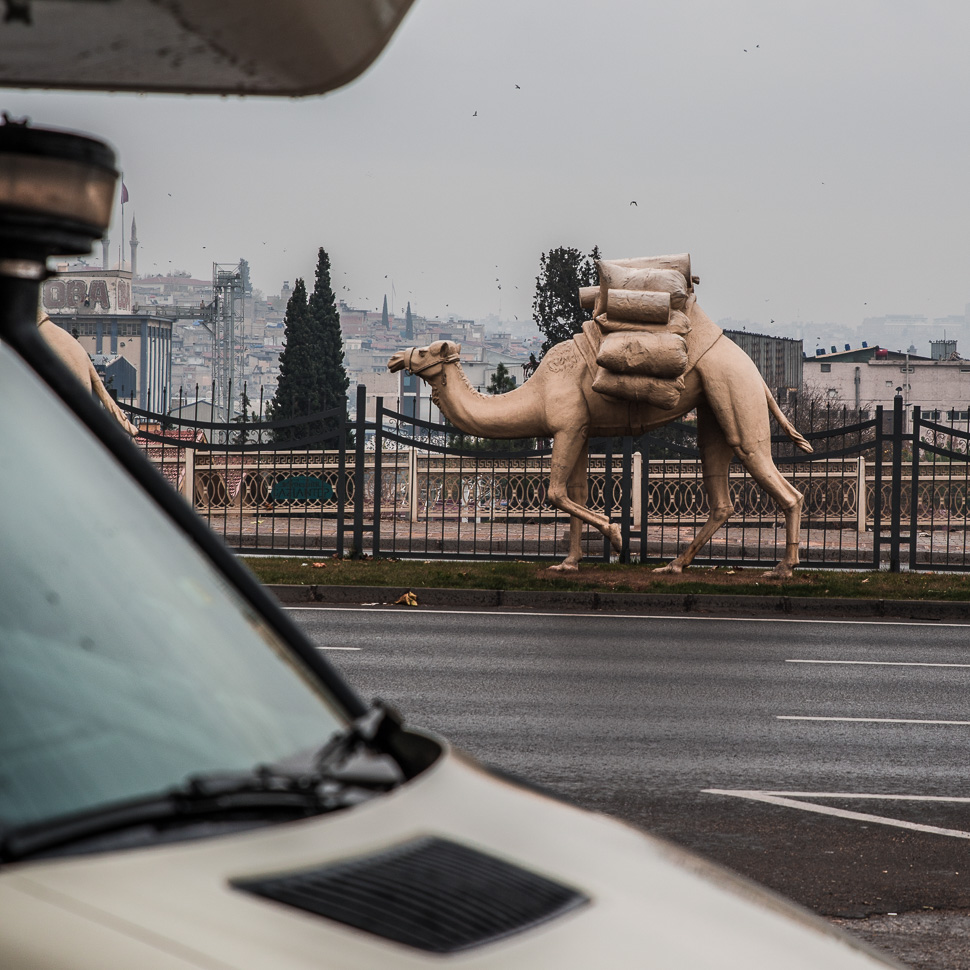
A rainy day was perfect to visit the museum in Gaziantep, showcasing the incredible mosaics of the ancient town of Zeugma.
It was founded in the early 3rd century BC as the city of Seleucia by Seleucus I Nicator, a successor to Alexander the Great, on the site where he had had the first bridge over the Euphrates built. In 64 BC, the Roman Republic gained control of the city. Zeugma was of great importance to the Roman Empire as it was located at a strategically important place. Up to 70,000 people lived in the city, and it became a centre for military and commerce for the ancient Romans.
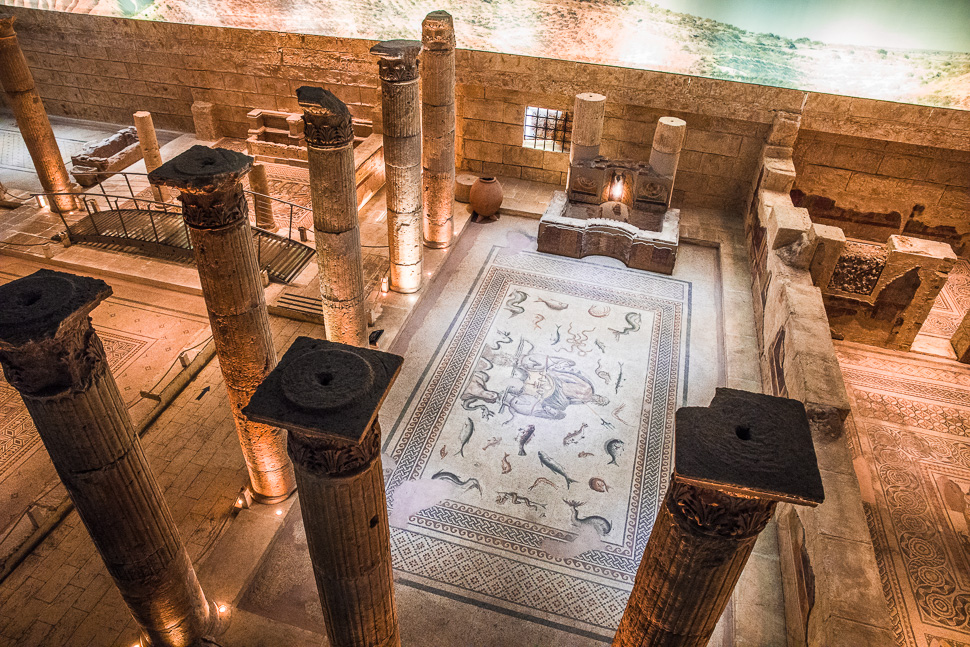
In 2000, the site would soon be flooded due to construction of the Birecik Dam. With only a fraction of the site excavated, archeologists feared that many mosaics would be permanently lost. After reading about it in The New York Times, and with only few months left, American philanthropist David W. Packard donated USD 5 million to fund an emergency excavation of the archeological site, allowing archeologists to preserve the mosaics that would otherwise be inundated.
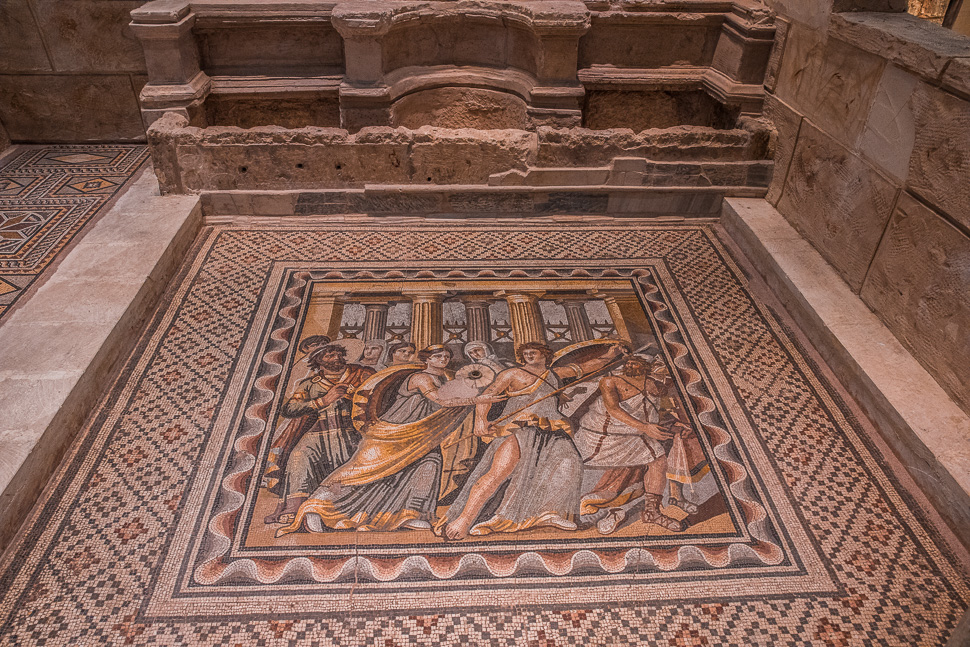
We were fascinated by the number, size and quality of the mosaics shown at the museum. We hadn’t seen such fascinating mosaics before and found the colours quite amazing. It was no disadvantage, that we couldn’t visit the remains of the town at the River Euphrates, as the treasure of Zeugma is in this museum.
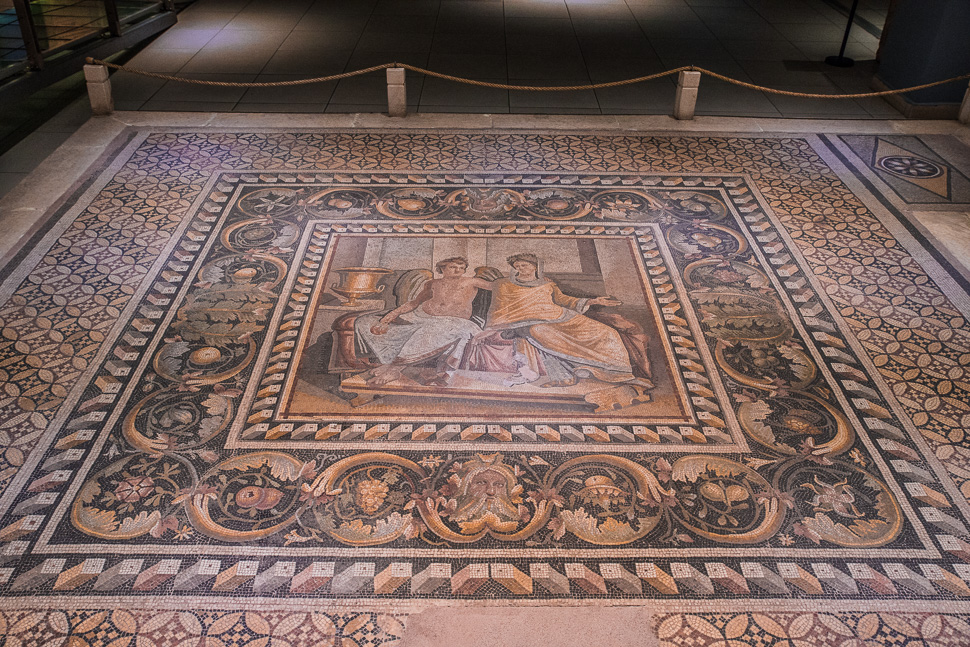
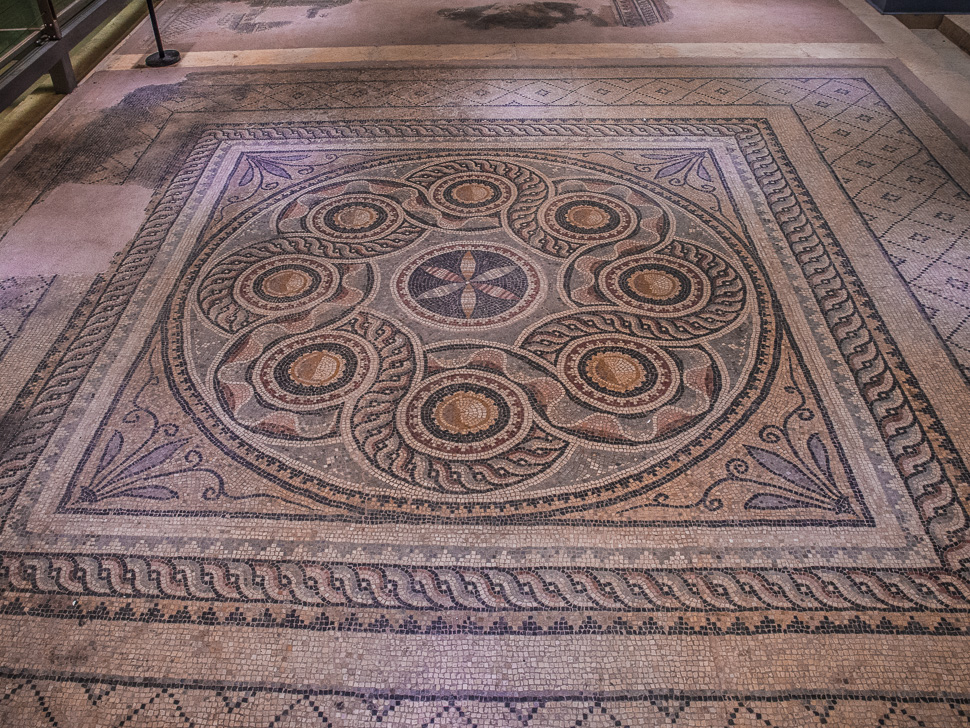
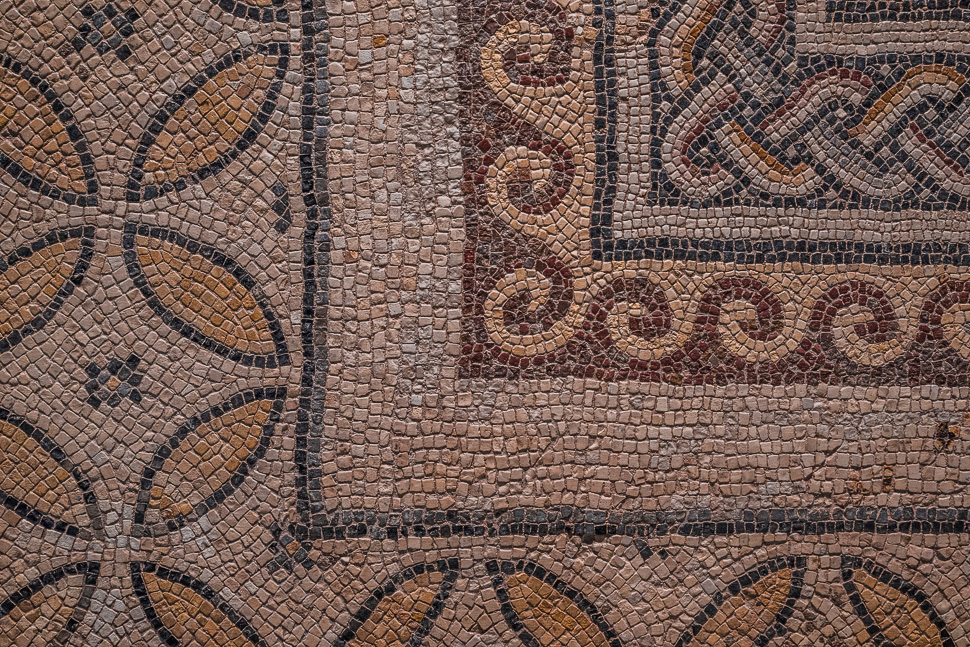
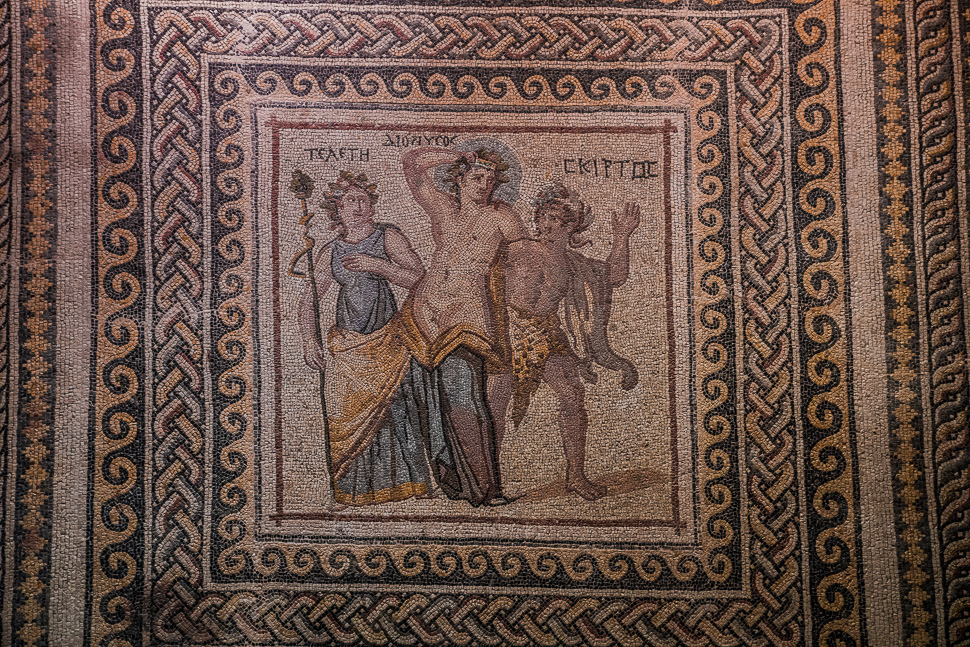
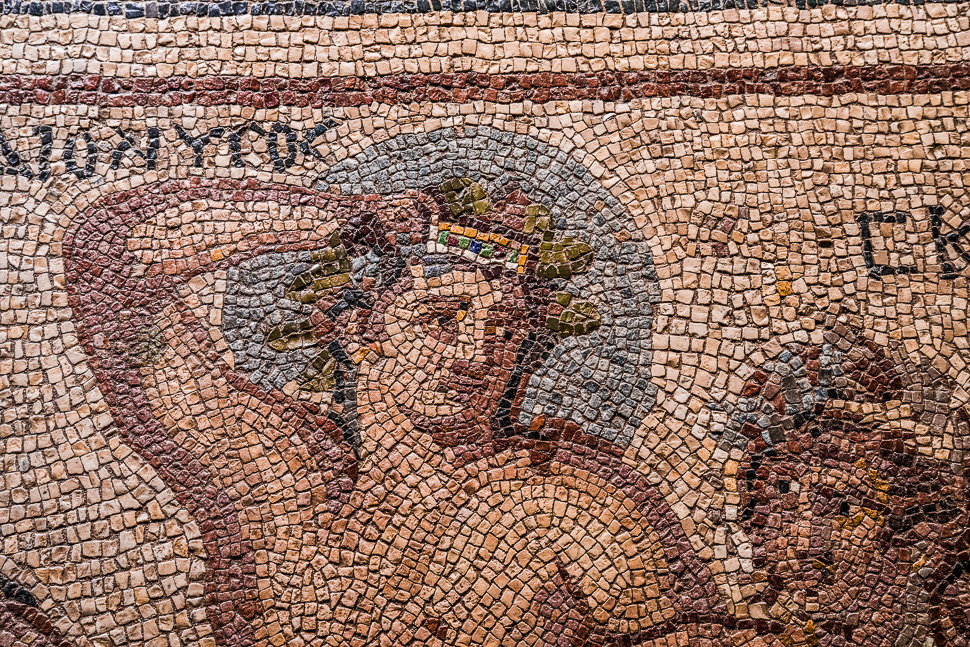
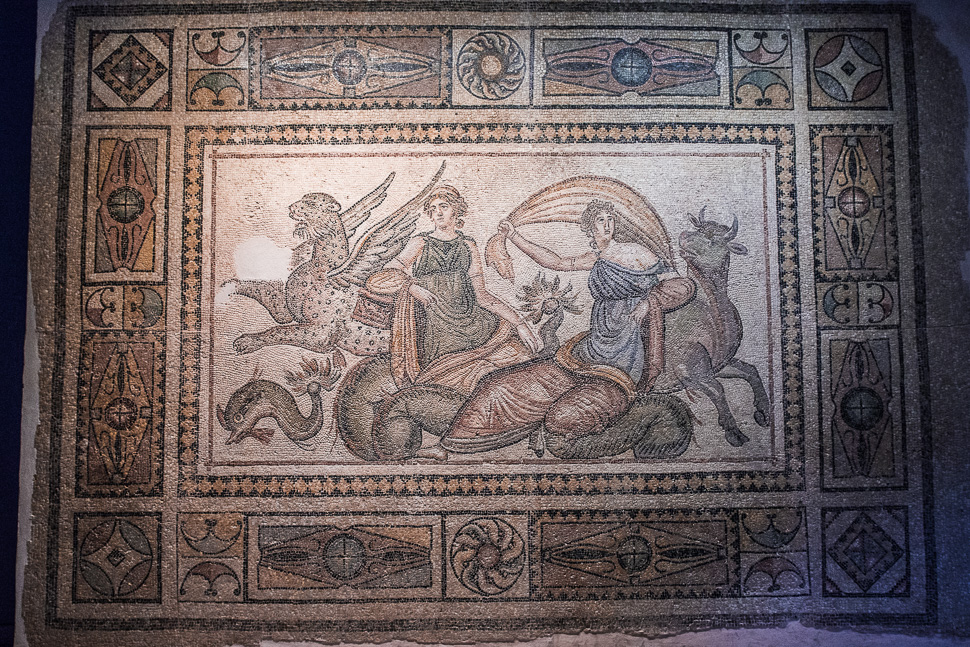
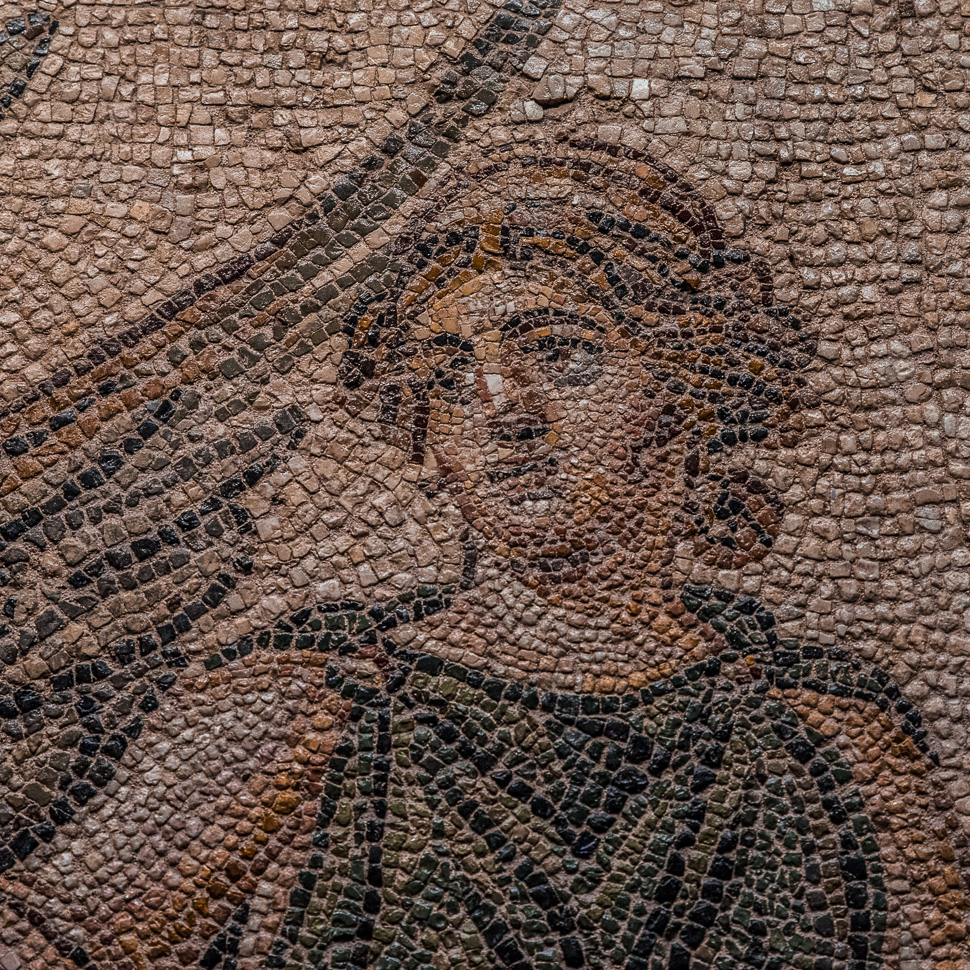
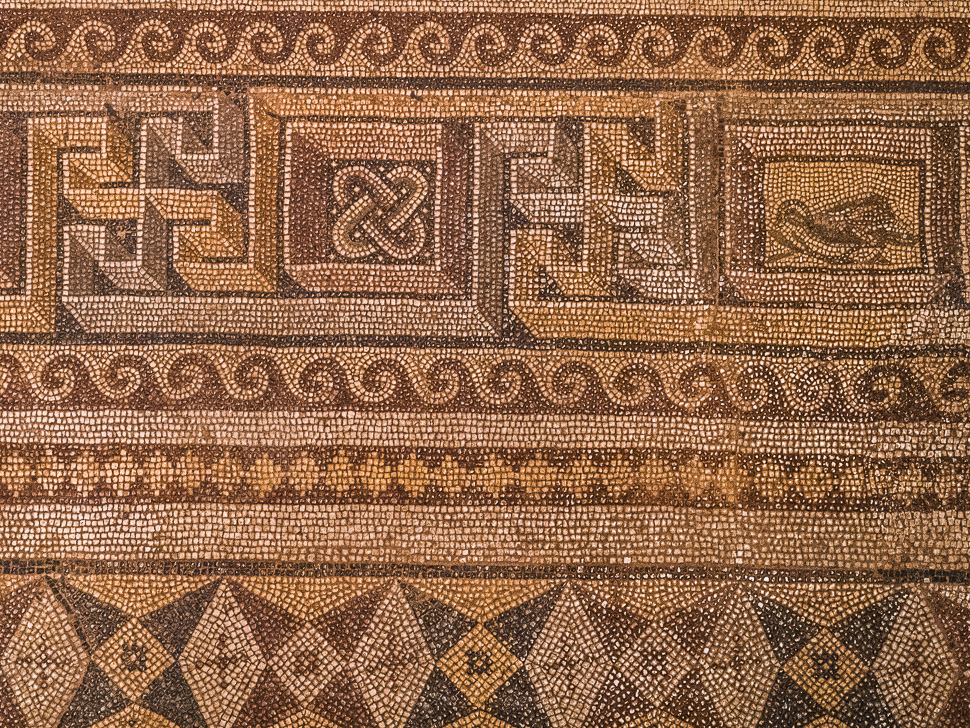
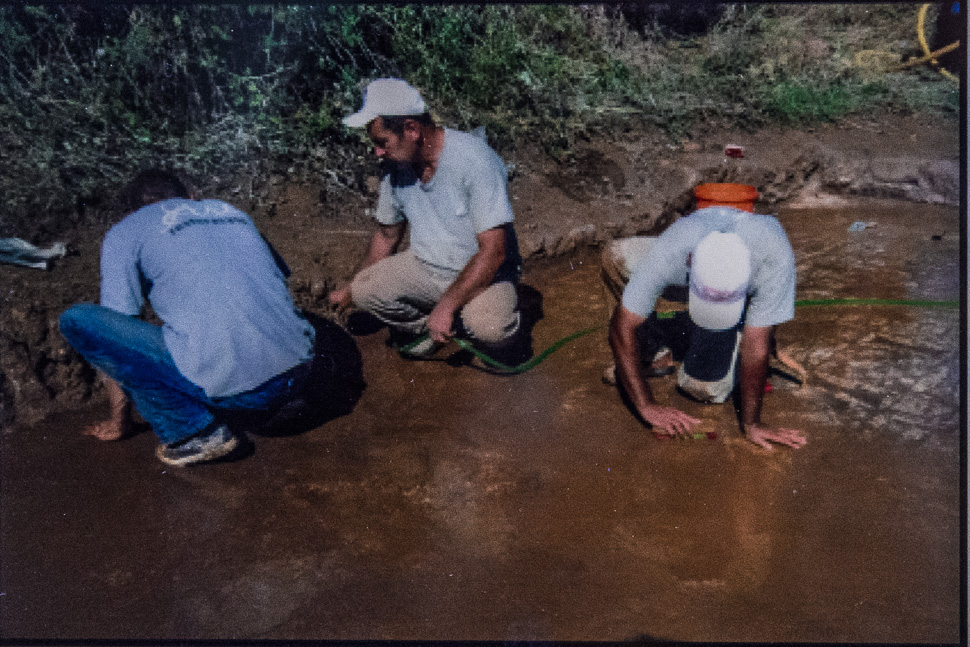
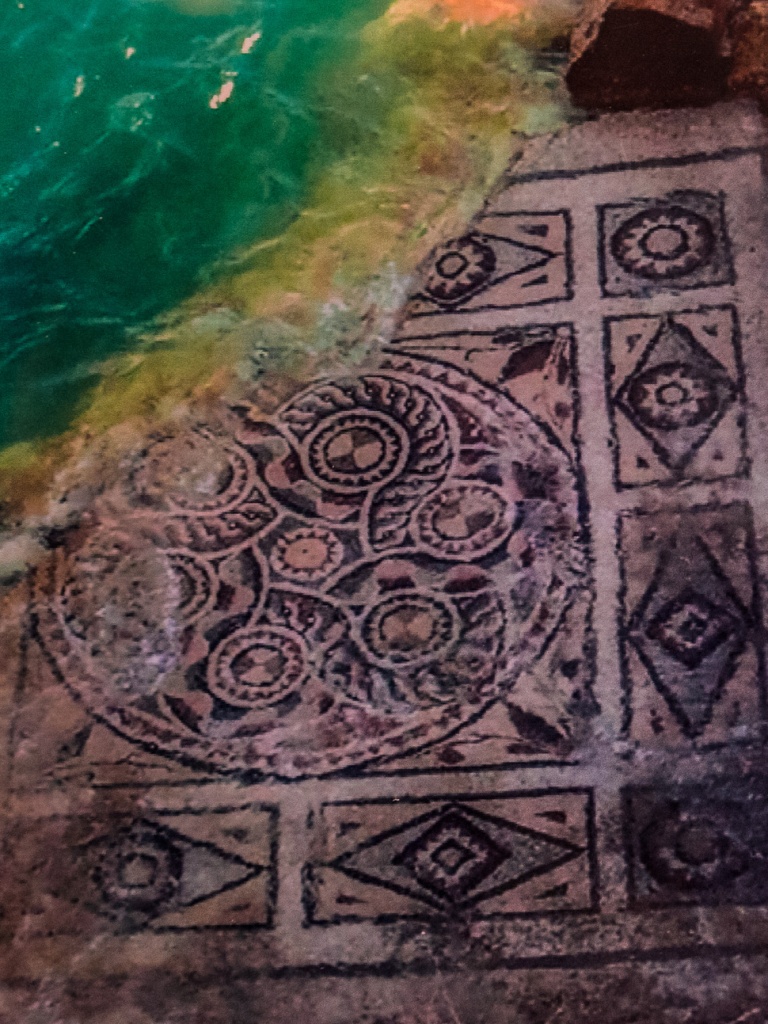
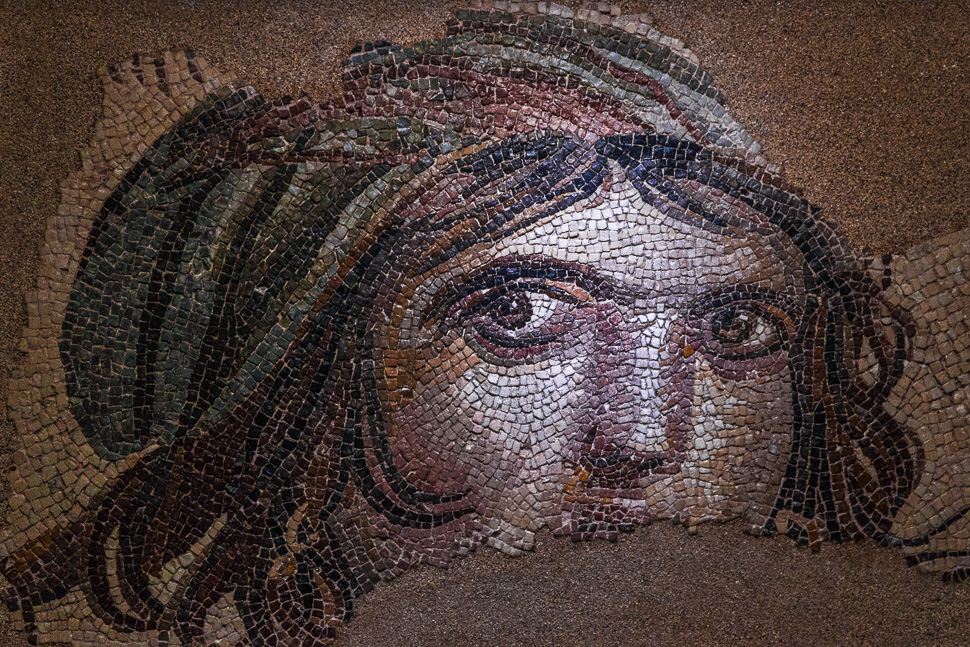
The most famous mosaic of a woman, called “the gipsy”, was specially displayed. Her gaze follows you and the detail and colours of the mosaic were magnificent. We were thrilled to have seen so many fantastic mosaics, mostly from Zeugma. What an incredibly wealthy town it must have once been.
We didn’t stay in the big city, but left Gaziantep, heading finally to the coast. More on our next post!

Tipp: Die bedeutendsten frühchristlichen Fußbodenmosaiken Italiens kann man in situ in der ehemaligen Patriachalbasilika in Aquileia in der italienischen Region Friaul-Julisch Venetien bestaunen.
Ja, auch die Zeugma Mosake sind aus dem 3-4 Jahrhundert also frühchristlich, jedoch ohne christliche Motive!
Pingback: @ Otranto – we travel
Pingback: Mosaic & the Kings Tombs – we travel